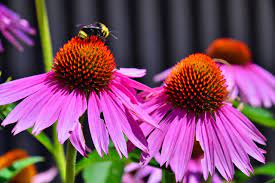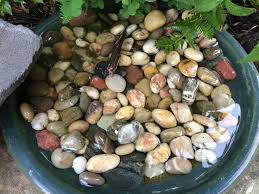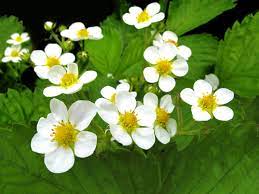Be like the honey bee. Anything it eats is clean, anything it drops is sweet, and the branch it sits upon does not break.
Iman Ali
It has become very apparent, especially over the recent years that our pollinators are in trouble. The reasons range from habitat destruction to pesticides, and the sad fact of the matter is that humans have caused it, and humans need these pollinators for our food. Since we are moving and starting fresh with our yard and garden, I have been doing some research on ways that we can set up our space to still be eye appealing and functional for our family, as well as attract those beautiful bees (and butterflies too!) and I think I have a plan! Here are 5 things that I plan on doing to attract pollinators to us this year. It is my hope that by doing these things, plus adding more each season as we grow our new homestead that we will be a pollinator destination.
Add a Variety of Color
Bees are most attracted to flowers that are blue, purple, and yellow. Some great flowers to plant in your yard and around your garden are lavender, aster, zinnia, black eyed Susans, and sunflowers. These are just the tip of the iceberg though! Do a quick Google search for native local flowers to your area and be sure to include those. I also plan to plant flowers that will bloom all season long, instead of just a one time bloomer to ensure that the bees have a food source throughout the summer.

Another tip I stumbled upon was to plant in groups or clumps. This allows the bees to feed in one area and not have to travel great distances.
Water
Providing a water source for the bees is vital to their survival. Small, shallow bowls of water can be placed in your garden or flower bed areas, allowing the bees access to a drink while they dine on those beautiful flowers! If you have a pond or water feature such as a fountain in your yard, place large rocks in it. This will give the bees the chance to get a drink of water without the danger of not being able to get out of the water.

Avoid Harmful Chemicals
I garden primarily to fill our freezer and pantry with produce to eat throughout the year. This means that I need to control the pests, disease, and weeks that find their way into my garden. I have always tried to avoid spraying chemicals on my garden if at all possible, but sometimes it is a necessary evil.
The problem with pesticides is that they usually kill all “pests”. We don’t want to wipe out our bee visitors! Thankfully there are some options on the market now that are more natural and won’t wipe out every insect in your garden. Some of them are very beneficial!
After doing quite a bit of research on different options that I would like to explore if needed, I came across an organic pesticide that is pollinator friendly. It is called Organocide Bee Safe 3-in-1 Garden Spray, and it helps with unwanted insects, disease on your plants, and weeds, all while being bee friendly.
I do want to add, as my opinion, organic or not spraying my garden is an absolute last resort for me. I prefer to let it be and had fairly good luck at our last home with that. Time will tell how the new homestead will be. It has been left to itself for quite some time, so bugs and weeds, and all the things that are out to get gardeners are in abundance there.
Provide An Inviting Habitat
Bees needs shade and a place to rest, just like we do. If possible, make sure to leave some trees in your yard and provide some ground cover plants that the bees can take a little nap under. Our new property has a good amount of trees and shade across the back, with some trees throughout the rest of the property. As for the flower beds… well they are so overgrown I can’t see them until we get in there and start cleaning.
Pick Flowering Fruits and Veggies
This is good news for me- bees love tomatoes! When planning out your garden, be sure to add some fruits and veggies that will flower throughout the season as well. These are the ones that produce over and over, such as tomatoes, strawberries, zucchini, etc. Bonus points to you if you have space for fruit trees! Our apple trees at our last home had SO many flowers all over them each spring and they became a haven for bees.

The bottom line is we need the bees and butterflies, and we need them healthy and thriving. If everyone could do one or 2 small things from the list, maybe, just maybe we can start to heal what we have damaged.
~Tara